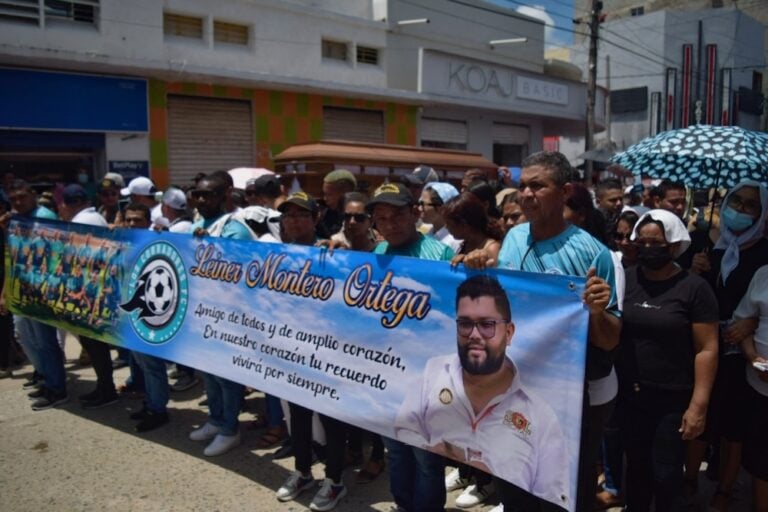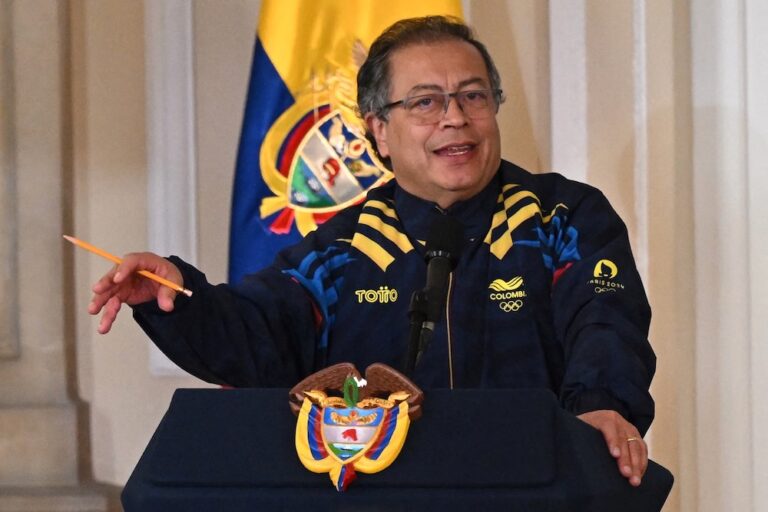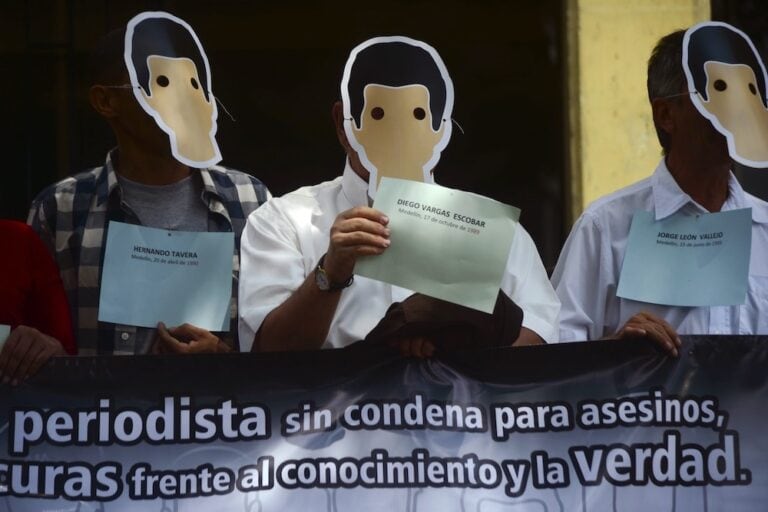(FLIP/IPYS/IFEX) – On 28 January 2003, an RCN Television crew and a freelance photographer were released near Tame, Arauca department. They were kept in captivity for 38 hours by guerrillas of the Revolutionary Armed Forces of Colombia (Fuerzas Armadas Revolucionarias de Colombia, FARC). According to police and RCN Television executives, the guerrillas stole the journalists’ […]
(FLIP/IPYS/IFEX) – On 28 January 2003, an RCN Television crew and a freelance photographer were released near Tame, Arauca department. They were kept in captivity for 38 hours by guerrillas of the Revolutionary Armed Forces of Colombia (Fuerzas Armadas Revolucionarias de Colombia, FARC). According to police and RCN Television executives, the guerrillas stole the journalists’ equipment and vehicle.
On 26 January, journalist Ramon Eduardo Martínez, camera operator Duarley Rafael Guerrero, techicians Mauricio Vega and Rubén Darío Peñuela, all from RCN Television, and freelance photographer Carlos Julio García were detained by the FARC. They were headed to the town of Pueblo Nuevo, six kilometres from Tame, to report on a car bomb attack that had occurred on that day.
According to Martínez, the guerrillas advised them that they had little interest in how the “pro-Uribe media” (in reference to President Álvaro Uribe) covers news events. Martínez said that “the guerrillas always maintained that they were waiting for orders on how to deal with [them].”
The journalists were taken into the jungle with all their equipment. According to Martínez, one of the guerrillas stated, “if the ELN [National Liberation Army guerrillas] had given you safe passage, we would have let you go.”
On the morning of 28 January, the group was released and forced to walk for four hours in order to reach Tame. Upon their arrival they met with local authorities. They told them their story and were taken to Bogotá a short time later.
Although they were released, the journalists are not out of danger. They were all threatened and warned that they would have to “leave their jobs if they continued to work for the government media.” Martínez, who works for RCN TV in Cúcuta, Norte de Santander department, had reported earlier threats to the Interior Ministry’s Programme for Protection of Journalists (Programa de Proteccion a Periodistas).
RCN TV news director Álvaro García said the team travelled to Arauca to cover the possible release that same day of “Los Angeles Times” journalists Scott Dalton and Ruth Morris. The two were detained by ELN guerrillas on 23 January.
“Antonio García”, the ELN’s number two commander, told RCN Radio that the “Los Angeles Times” journalists are in good health and would be released “in a day or two.” The guerrilla leader told RCN Radio that as proof of their well-being, Morris sent a message to her family via the ELN’s clandestine radio station.
Nevertheless, according to a recorded message broadcast by the ELN’s clandestine radio station on 28 January, the journalists’ release depends “on security conditions in Arauca department.”
FLIP and IPYS demand the immediate release of Morris and Dalton and urge all participants in Colombia’s armed conflict to respect the work of the national and international press.
According to the two organisations, the state must guarantee the security of journalists in the entire country, and particularly in conflict zones such as Arauca, where journalists are trying to meet their objective of informing society.


